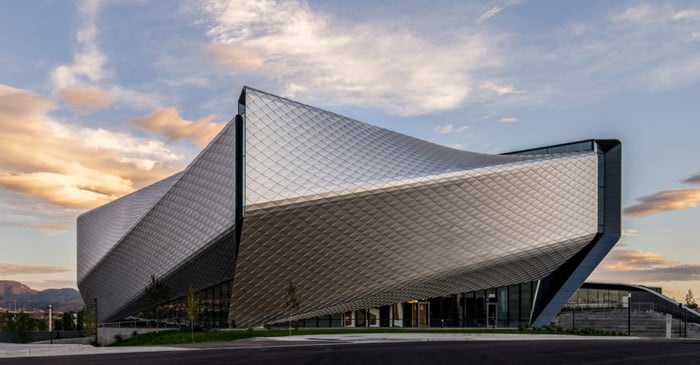
October 6, 2020
Case Study: US Olympic & Paralympic Museum
Learn how KL&A utilized RISA to model and analyze the complex geometrical conditions of the new US Olympic & Paralympic Museum located in Colorado Springs, CO.
Halloween isn’t just for candy and costumes—it’s the perfect time to test your spooky engineering skills! We’ve brewed up a Halloween-themed RISA Jeopardy game, packed with fun, easy questions about our software. Tip for readers: Try to answer before revealing the “treat” below each question! 💀 Can You Count? 100 – RISACalc: How many components are currently available in RISACalc? 10 (Beam, Column, Steel Joist, Composite Beam, Retaining Wall, Spread Footing, Wall Footing, Drilled Pier, Seismic Load, Wind Load) 200 – FD: How many Data Entry spreadsheets are available in RISAFoundation? 25 300 – RISA-3D: How many countries or regions have building codes supported in RISA-3D? 9 (US, Canada, Mexico, Europe, Great Britain, India, Australia, New Zealand, Saudi Arabia) 🎃 Adaptable 100 – ADAPT: Which of these is not an ADAPT product? ADAPT-Builder, ADAPT-Felt, ADAPT-Floor, ADAPT-ABI ADAPT-Floor 200 – ADAPT: Which mode of ADAPT-Builder is used to design slabs-on-grade on expansive soils using the PTI method? ADAPT-SOG 🕸️ The Whole Family 100 – Other: This steel detailing software and fellow Nemetschek brand has a built-in export option in RISA-3D. SDS2 200 – Other: Which design code is the most common in our software, found in 8 of our 10 programs?…
Read More

Learn how KL&A utilized RISA to model and analyze the complex geometrical conditions of the new US Olympic & Paralympic Museum located in Colorado Springs, CO.

We are excited to announce that one of our own, Dr. Cheng Song PH.D, PE, was recently named the 2020 Young Engineer of the Year by the SEA of Southern California for his work as co-chair of the Younger Member committee.
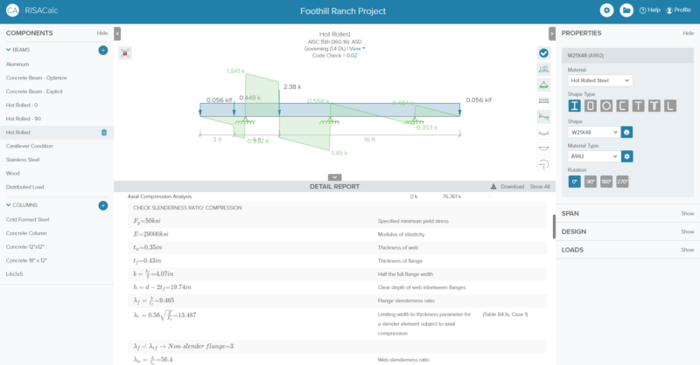
The new RISACalc allows users to analyze single members (beams and columns) of all materials: hot rolled steel, wood, concrete, cold formed steel, aluminum, and stainless steel. The intuitive interface makes it easy to set up your model, apply loads, and view results.
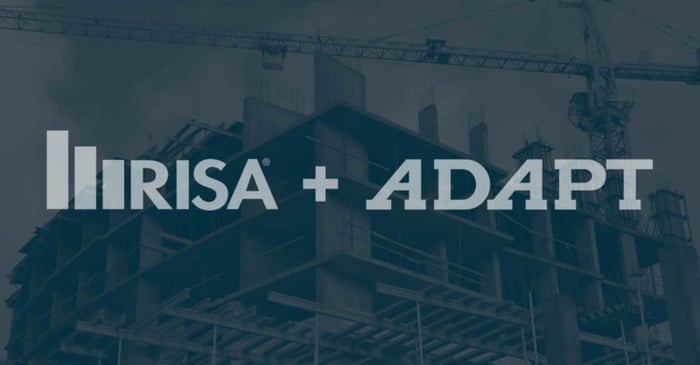
RISA is excited to announce the acquisition of ADAPT Corporation. Over the past 30 years, both RISA and ADAPT have focused on developing best in class solutions that directly respond to the needs of our customers and the market, while also maintaining the highest level of customer support. As a...

Last week, RISA employees spend two days volunteering at the Second Harvest Food Bank of Orange County, CA. Both days were spent at the Food Distribution Center, where staff and volunteers worked together to sort, package and distribute enough food to feed 250,000 men, women and children each...
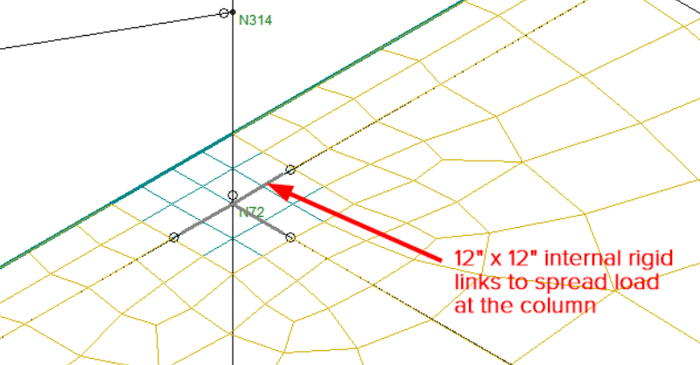
When using semi-rigid diaphragms in a RISAFloor/RISA-3D model, it is possible to see negative moments at the ends of pinned beams as a result of the link between the semi-rigid diaphragm and the beam-column connection.

RISA employees and their families recently participated in the 5th Annual Run4Water 5k at Mile Square Park where they raised over $6,400 towards the construction of wells that provide access to clean water to communities in Uganda. Congratulations to everyone involved and for more information about...
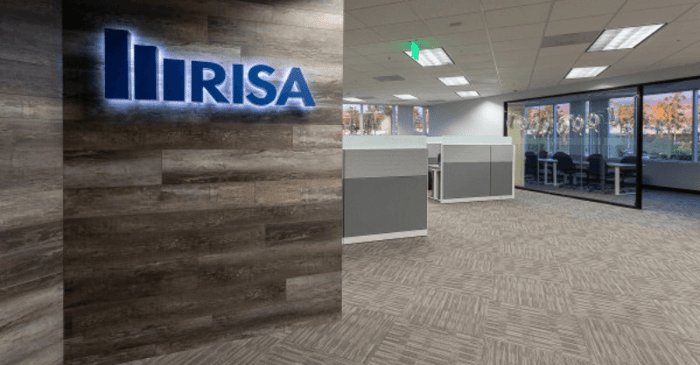
RISA recently completed renovations to their Foothill Ranch, CA office. The renovations include a new kitchen and coffee bar, new conference rooms and updated open office concept that allows various departments to easily work collaboratively together.

The International Code Council just released the 2018 International Building Code (IBC) in August 2017.
Our monthly "Structural Moment" newsletter is the best way to keep up with RISA’s product updates, new releases, new features, training events, webinars and more...